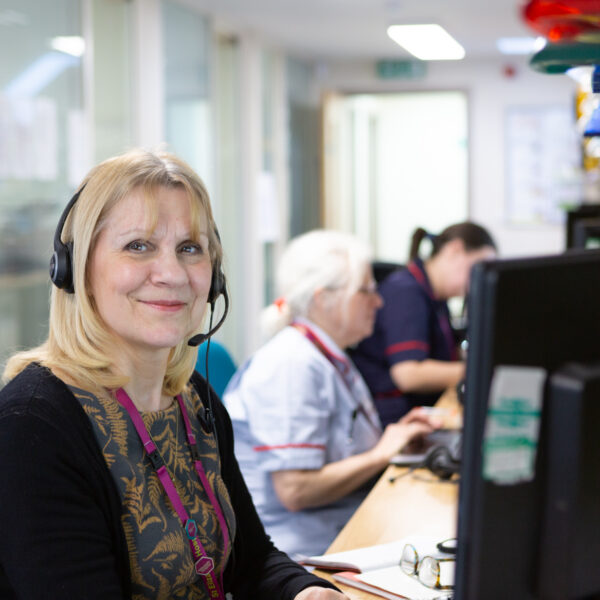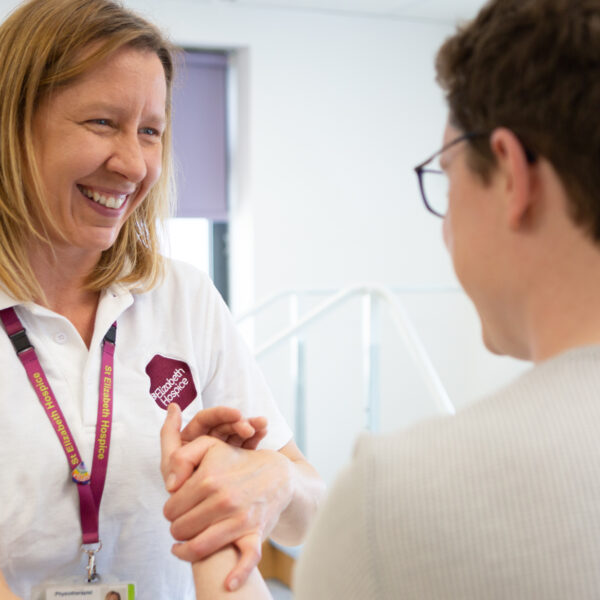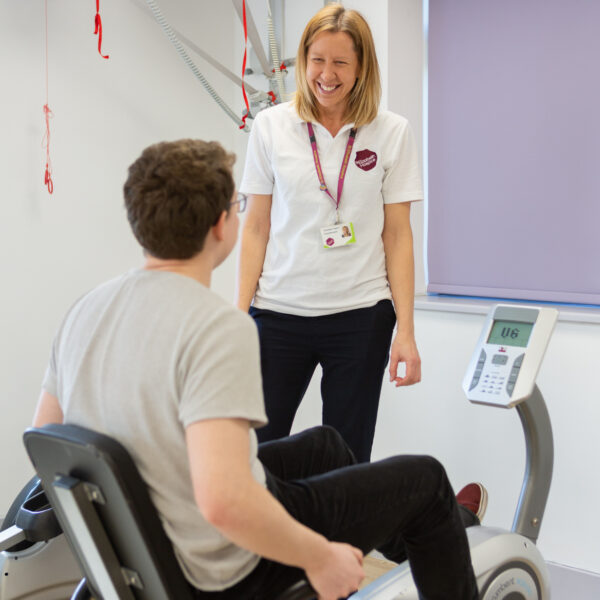St Elizabeth Hospice aims to improve life for people living with life-limiting illness & conditions.
This not only includes support for patients, but family members and carers too.
Explore this page for quick links & additional support.
OneCall is our specialist 24/7 telephone helpline.
0800 567 0111 (calls are free from a BT landline).
OneCall provides quick and appropriate advice to members of the public, patients, relatives, carers, medical professionals and social care workers.

The Compassionate Caregiver Support Group provides a safe space to connect with others caring for a loved one with a life-limiting illness.
Led by St Elizabeth Hospice’s counsellors and emotional wellbeing team, you will be able to connect with others in similar circumstances, share personal experiences and support each other.

Ipswich and East Suffolk have an Motor Neurone Disease (MND) Coordinator, Kate Barber, who works for East Suffolk and North East Essex Foundation Trust.
This role works closely with St Elizabeth Hospice to ensure support is provided from as early as diagnosis.
Kate’s role is to provide information and support for people and their family members and/or carers throughout the diagnostic process, particularly during periods of diagnostic uncertainty or delay.
When MND is diagnosed, Kate is there to provide people with a single point of contact for the specialist MND multidisciplinary team.
We provide information about what to do if there are any concerns between assessments or appointments, during ‘out‑of‑hours’ or in an emergency, or if there is a problem with equipment.
The role is intended to allow support for patients and families wherever they are located (home, hospital, nursing home).
